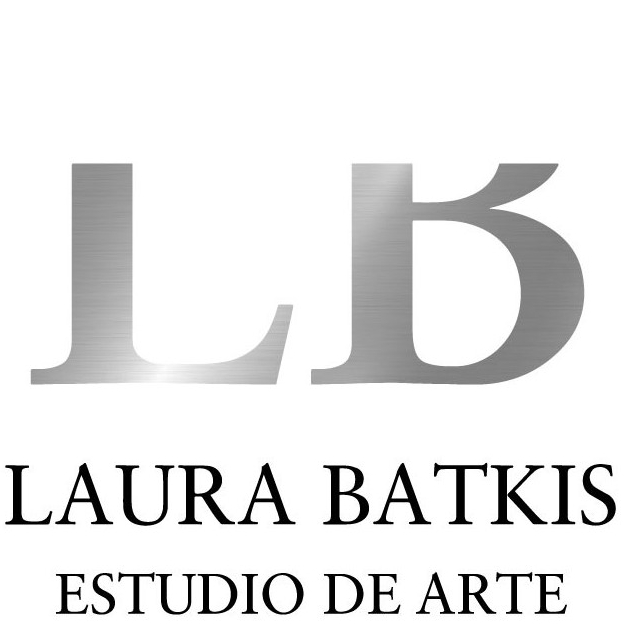Art Nexus
Nicolás Guagnini – Galería Julia Lublin
No. 15 – January-March, 1995
During the month of November, the Julia Lublin Art Gallery exhibits a series of paintings by Nicolas Guagnini. Guagnini, born in Buenos Aires in 1966, belongs to the emerging generation of the nineties, which in Argentina, defines a group of post-avant-garde artists, who base their aesthetics on the assumptions of conceptual art, but without disregarding emotions, affections and subjectivity. It is a hot Neo-conceptualism that challenges the limits between rigour and excess. In this sense, the option for this type of discourse links Guagnini to other artists such as Pablo Siquier, Fabián Burgos and Graciela Hasper.
In this exhibition, the artist presents oil paintings, with the obsession of a polished and precise technique, which shows the relationship with the metaphysical work of Roberto Aizenberg, the Argentinean painter who was his mentor for two years. Initially, Guagnini’s paintings appear to be abstract works, citing a calligraphy with a labyrinthine syntax that, as in the literature of Jorge Luis Borges, forms an apocryphal narrative. The ambiguity of this invented iconography, which establishes a path for the gaze, full of curves and counter curves, of entrances and exits, of full and empty, becomes disturbing when, almost suddenly, one discovers that under the first appearance of an ornamental reading, reminiscences of a silhouette are outlined. The contours of a face can be guessed more clearly, as it is hinted at by the allusion to two self-referential elements: a nose and an ear, which the artist copies from his own face. The narcissistic attitude of the self-portrait marks the inclusion of the private sphere and of subjectivity in contemporary art. These are fragments of an alluvial identity, which in Guagnini’s case, is a reflection on the particular condition of the national make-up of our territory, a melting pot of ethnicities and an eclectic mixture of a culture shaped by the particular contributions of different immigrant masses. The artist proposes a possible construction of the identity of the visual arts, through the eclectic appropriation of styles and small features of different languages. A certain general constructive tone –characteristic of the Rioplatense tradition– is arbitrarily juxtaposed with traces of aestheticized and deformed Arab writing, in a clean and linear image, linked to the concepts of graphic design.
Guagnini proposes a double reading of the public and the private, in a visual biography devoid of epic and strong contents, but suggesting the constitution of an ethics of provisional meanings that revalue the understanding of the private sphere as a possible approach to the proposals of the contemporary world.
BY LAURA BATKIS
